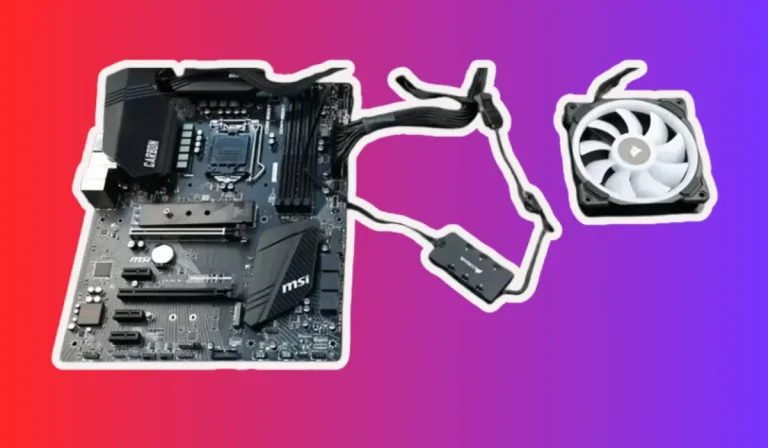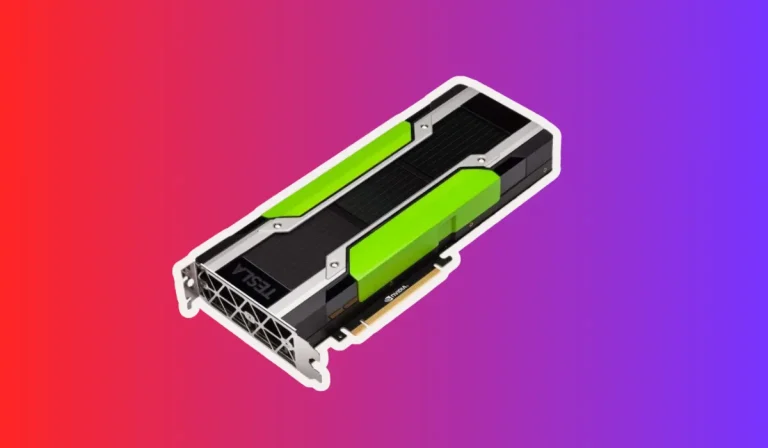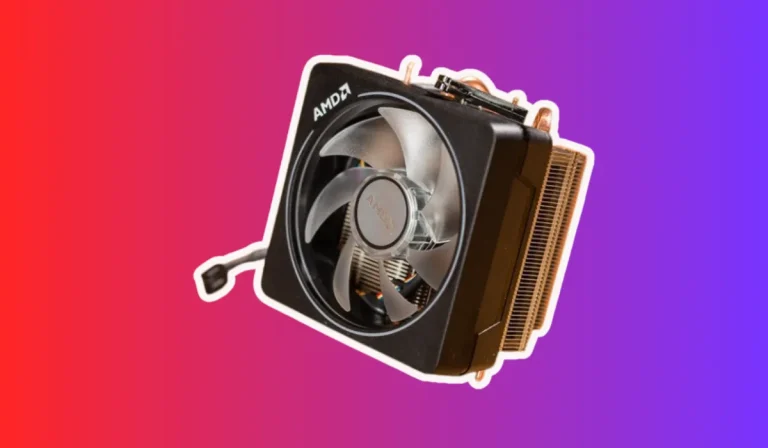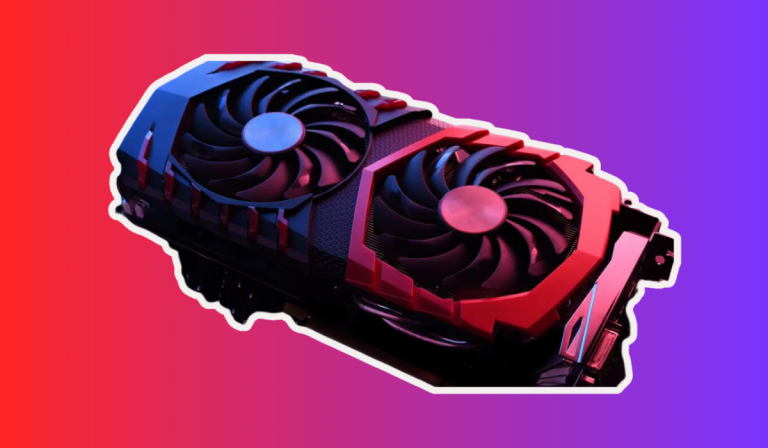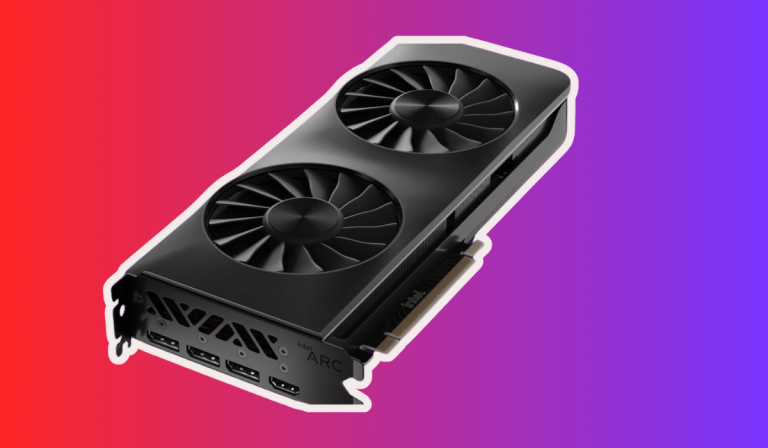How Do You Get 99% GPU Utilization For PC Games?
Are you tired of your PC games lagging or not performing up to par? Wondering how to unlock the true potential of your graphics card for an immersive gaming experience?
Look no further! In this guide, we’ll show you simple yet effective strategies to achieve an impressive 99% GPU utilization, ensuring smooth gameplay and breathtaking visuals. Let’s dive in!
Optimizing Graphics Settings
When it comes to PC gaming, finding the right balance between visual quality and performance is essential. Optimizing graphics settings allows you to tailor your gaming experience to suit your hardware capabilities while maintaining smooth gameplay.
Here, we’ll delve into the importance of optimizing graphics settings and provide practical tips to help you achieve the best possible gaming experience.
Why Optimize Graphics Settings?
Optimizing graphics settings is crucial because it allows you to strike a balance between visual fidelity and performance.
Not all systems are created equal, and what works well on one PC may not perform as smoothly on another. By optimizing graphics settings, you can ensure that your game runs smoothly without compromising on visual quality.
Adjusting In-Game Settings
Most PC games offer a range of graphics settings that can be adjusted to meet your preferences and hardware capabilities. These settings typically include options for resolution, texture quality, anti-aliasing, shadows, and more. Experimenting with these settings can help you find the sweet spot where your game looks good and runs smoothly.
Consider Your Hardware
To optimize graphics settings, it’s important to consider the capabilities of your hardware. Higher-end graphics cards and processors can handle more demanding settings, while lower-end hardware may require scaling back on certain options. Researching your hardware specifications can give you a better understanding of what settings your system can handle.
Monitor Performance
While adjusting graphics settings, it’s crucial to monitor your system’s performance. Keep an eye on factors like FPS (frames per second) and GPU utilization to gauge the impact of your changes. Tools like MSI Afterburner or the built-in performance monitor in some games can help you track these metrics.
Finding the Right Balance
Optimizing graphics settings is all about finding the right balance for your system. It’s a trial-and-error process, so don’t be afraid to experiment and fine-tune as you go. Remember, the goal is to have an enjoyable gaming experience without sacrificing performance or visual quality.
Updating Graphics Drivers
Keeping your graphics drivers up to date is essential for optimal performance and compatibility in PC gaming. Graphics drivers act as a bridge between your operating system and your graphics card, ensuring that your games run smoothly and without issues. Here, we’ll explore the importance of updating graphics drivers and provide you with simple steps to keep them up to date.
The Importance of Updating Graphics Drivers
Updating graphics drivers is crucial because it brings performance improvements, bug fixes, and compatibility enhancements.
Game developers often release updates that require the latest graphics drivers to ensure smooth gameplay and take advantage of new features. By keeping your drivers up to date, you can avoid potential crashes, glitches, or performance bottlenecks.
Checking for Updates
To update your graphics drivers, start by identifying the manufacturer and model of your graphics card. For NVIDIA, visit their website and access their driver download section.
For AMD, navigate to their official website and locate the appropriate driver. Download the latest driver for your specific graphics card model and operating system.
Installation Process
Once you’ve downloaded the latest driver, you can proceed with the installation process. Most driver installations are straightforward and involve running an executable file.
Follow the on-screen instructions, and the installation wizard will guide you through the process. It’s recommended to perform a clean installation to ensure that any previous driver remnants are removed.
Automatic Update Tools
If you prefer a more automated approach, you can utilize automatic driver update tools. These software solutions scan your system, detect outdated drivers, and download the latest versions automatically.
Examples of popular driver update tools include Driver Booster, Driver Easy, and Snappy Driver Installer. However, exercise caution and ensure you download software from reputable sources.
Regular Maintenance
To maintain optimal performance, it’s essential to regularly check for driver updates. Graphics card manufacturers frequently release new drivers, so it’s a good practice to check for updates every few months or whenever you encounter issues with your games. Staying up to date ensures that you’re getting the most out of your graphics card.
Monitoring and Benchmarking GPU Utilization
Monitoring and benchmarking GPU utilization is a valuable practice for PC gamers who want to optimize their gaming experience and ensure their hardware is performing at its best.
By keeping an eye on GPU utilization, you can identify potential bottlenecks, track performance improvements, and make informed decisions about graphics settings. Here, we’ll explore the importance of monitoring and benchmarking GPU utilization and provide you with practical tips to get started.
The Importance of Monitoring GPU Utilization
Monitoring GPU utilization allows you to understand how effectively your graphics card is being utilized while gaming.
It helps you identify potential performance issues, such as underutilization or overutilization, which can impact the smoothness and overall experience of your games.
By monitoring GPU utilization, you can make informed decisions about optimizing settings or upgrading your hardware if necessary.
Utilizing Monitoring Software
To monitor GPU utilization, you can utilize various software tools available. MSI Afterburner, GPU-Z, and HWiNFO are popular options that provide real-time monitoring of GPU utilization, temperature, clock speeds, and other relevant metrics. These tools offer intuitive interfaces and allow you to track the performance of your graphics card while gaming.
Benchmarking for Performance Comparison
Benchmarking is another valuable aspect of monitoring GPU utilization. It involves running standardized tests that stress your graphics card to measure its performance.
Tools like 3DMark and Unigine Heaven Benchmark provide detailed reports and scores that can be compared to other systems, helping you gauge the capabilities of your GPU and identify areas for improvement.
Optimizing Based on Findings
Once you have monitored and benchmarked your GPU utilization, you can use the gathered data to optimize your gaming experience. If you notice low GPU utilization, it may indicate that your CPU or other components are bottlenecking your system.
Adjusting graphics settings, upgrading hardware, or optimizing system configurations can help address these issues. On the other hand, if your GPU utilization is consistently high, you can be confident that your system is performing efficiently.
FAQ’s
1. How do I ensure my PC games achieve 99% GPU utilization?
To maximize GPU utilization, make sure your graphics card is powerful enough to handle the demands of the game. Additionally, ensure that your system is running the latest graphics drivers and that your game settings are optimized for performance.
2. Can overclocking my GPU help achieve 99% utilization?
Overclocking can potentially increase GPU utilization, as it allows the graphics card to run at higher clock speeds. However, it’s important to note that overclocking carries risks and may void your warranty. Proper cooling and monitoring are essential to prevent overheating and instability.
3. Why does my GPU utilization fluctuate while gaming?
GPU utilization can fluctuate due to various factors, including the complexity of the game scene, the number of objects being rendered, and the efficiency of game optimization. It’s normal for GPU utilization to vary depending on the demands of different game moments.
4. Is it necessary to have 99% GPU utilization for optimal gaming performance?
While achieving 99% GPU utilization can indicate efficient resource utilization, it’s not always necessary for optimal gaming performance. The goal should be to strike a balance between GPU utilization and overall system stability. Sometimes, lower GPU utilization may still deliver smooth gameplay if the game is well-optimized.
5. Can outdated graphics drivers affect GPU utilization?
Yes, outdated graphics drivers can impact GPU utilization. Newer drivers often include optimizations and bug fixes that can improve performance and efficiency. Regularly updating your graphics drivers can help ensure that your GPU is running at its full potential and taking advantage of the latest enhancements.
Conclusion
Achieving 99% GPU utilization for PC games requires a combination of factors, including a powerful graphics card, optimized game settings, and up-to-date drivers.
While it may not always be necessary for optimal performance, striving for efficient GPU utilization can enhance your gaming experience and unlock the full potential of your system.

